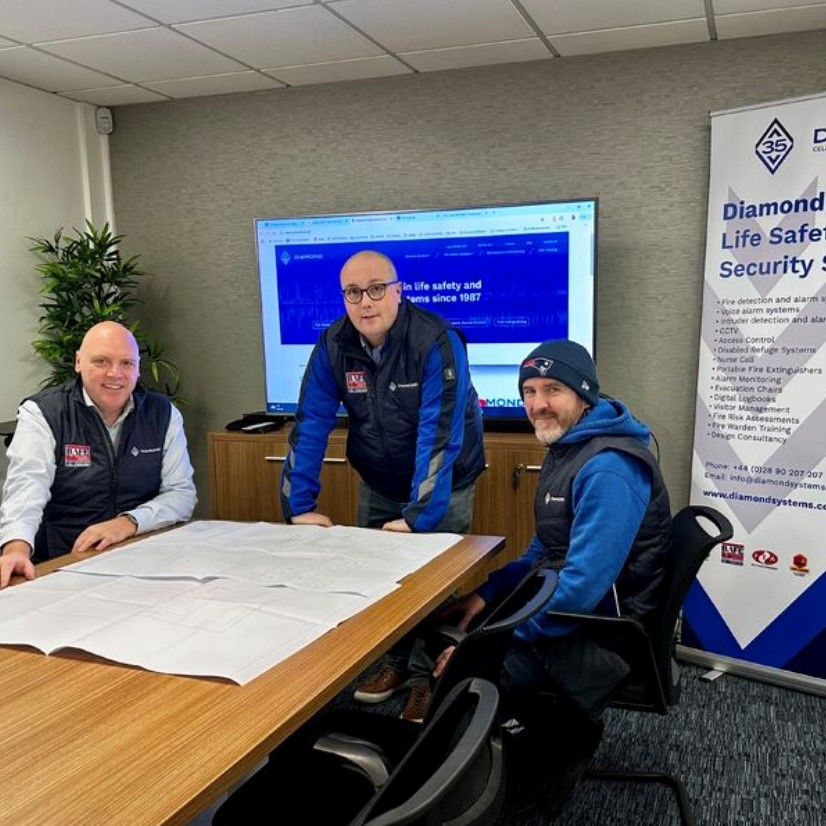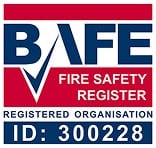In today’s climate, ensuring the safety of students, staff, and visitors in educational and public settings has never been more important. While fire alarms are standard, many sites are now also adopting lockdown alarms — systems designed to protect and alert building occupants in the event of an intruder or other critical threat.
At Diamond Systems, we offer a wireless lockdown alarm system, a simple, robust solution that’s quick to install and easy to operate — with no need for complex wiring or disruptive building work.
What is a Lockdown Alarm?
A lockdown alarm is a dedicated system used to alert people inside a building to initiate a lockdown procedure. Much like a fire alarm prompts evacuation, a lockdown alarm prompts people to stay indoors, secure entry points, and await further instructions.
Our Lockdown Alarm System uses wireless mesh technology, meaning alarm units placed throughout a site can communicate with each other and a central control panel — even if one device goes offline.
Lockdown alarm devices include:
- A call point (similar to a break glass fire point) to activate the system
- Visual and audible alerts via integrated sounder and beacon (optional)
- The option to send mobile notifications to up to 50 designated contacts
- Integration with public address (PA) systems or external autodiallers
Who are lockdown alarms for?
While originally developed for schools, this system is ideal for a wide range of premises, including:
- Primary and secondary schools
- Nurseries and playgroups
- Universities and colleges
- Healthcare clinics and GP surgeries
- Council offices
- Community centres and places of worship
- Leisure centres and libraries
- Retail and commercial premises with public access
Whether you manage a single building or a large campus, this system provides peace of mind with its ease of use, reliability, and minimal disruption during installation.
Why Wireless?
One of the biggest challenges with retrofitting security systems is cabling. Our lockdown alarms eliminate this issue:
- No need to drill through walls or ceilings
- Reduced installation time
- Easier relocation if your layout changes
- Battery-powered or mains options available
Optional Enhancements
Need a little more from your system? You can add:
- A central control panel to identify which zone triggered the alert
- Auto-diallers to notify emergency services or senior staff
- Integration with CCTV or access control systems
If you’re considering a lockdown solution for your premises, our team can help design and install a system that meets your site’s specific needs — all with the high standard of care and discretion you expect from Diamond Systems.
📞 Contact us to arrange a site survey or learn more about how lockdown alarms can support your safeguarding strategy.











